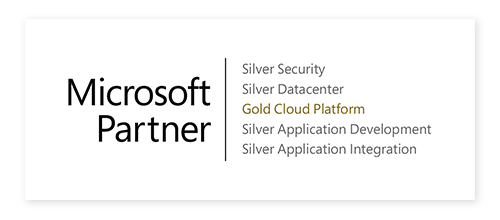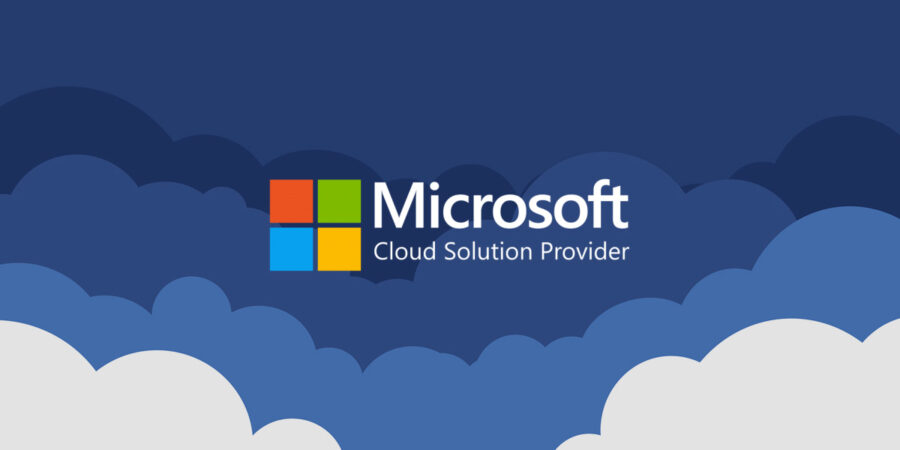What is Microsoft CSP? 10 key facts about Microsoft cloud licensing
Anyone looking for Microsoft licences will likely have come across the Microsoft Cloud Solution Provider (CSP) model. But if you’re wondering, “What is Microsoft CSP?” then never fear — you’ll know by the end of this article.
So without further ado, let’s answer the top 10 questions we’re asked about CSP licensing.
1. When did the Microsoft CSP model arrive?
Microsoft announced its CSP licensing model in July 2014. Throughout 2014 and 2015, Microsoft accepted CSP applications from partners in 48 countries. The CSP model began with Office 365 and Windows Intune, before expanding to include Microsoft Azure, Microsoft Dynamics, and more.
2. Why did Microsoft develop CSP licensing?
The key factors behind Microsoft’s CSP licensing model are:
- the growing popularity of Software-as-a-Service (SaaS) for businesses
- customer pressure for a simpler and more agile licensing model
- the need for local partners to support customers’ Microsoft cloud solutions
Microsoft designed the CSP model to meet these three demands, with resounding success. The cloud-based SaaS market has exploded over the last 10 years, with Microsoft becoming a clear leader. To give a recent example, Microsoft’s Azure cloud services grew by a whopping 50 percent in Q1 2021.
And Cloud Solution Providers like Influential have been key to this cloud expansion. As a top Microsoft CSP, we make adopting Microsoft products simple, tailored, and cost-effective. Our customers get Microsoft innovations plus our Microsoft Gold Partner services — for the same price as going direct to Microsoft. And we save our customers’ time and money by acting as their single contact for consultancy, billing, and support.
To understand the reasons behind CSP better, see our article “5 Microsoft CSP benefits for customers”.
3. How did licensing work before CSP?
Before the Microsoft CSP model there was the Microsoft Open License program, launched over 20 years ago. The Open License model was intended as a volume sales model for SMEs buying multiple perpetual licenses.
Microsoft has announced that the Open License program will come to an end on January 1, 2022. From that date, all new license-only purchases will go through partners in the CSP program.
4. What is Microsoft CSP billing and how does it work?
A great advantage of CSP licensing is getting a single bill for all your licences, support, and maintenance. And monthly billing means there’s no upfront financial commitment and you can easily scale your spending up or down.
When a customer decides to purchase from a CSP, the partner will:
- provide the Microsoft Customer Agreement (MCA) for the customer to sign
- place the customer’s order for the Microsoft products
- perform the billing (licence-based, usage-based, or one-time)
5. Who is CSP licensing for?
While the CSP model is open to all, Microsoft designed it with small and medium-sized organisations in mind. The reason is that larger enterprises have internal IT departments that can handle Microsoft support and maintenance. But for SMEs, the CSP model has the advantage of including the support and maintenance expertise of a dedicated partner.
Furthermore, the CSP model makes things simpler and easier for SMEs by rolling licensing and support into one scalable package.
6. What products does the CSP model provide?
The Microsoft CSP licensing model applies to cloud products such as Azure, Office365, Enterprise Mobility Suite (EMS), and Microsoft Dynamics. Within these products are a multitude of sub-services, such as Azure Integration Services, Azure API management, or Azure Logic Apps.
7. Are there CSP perpetual licences?
In a word, yes. Microsoft announced that the CSP program would allow partners to sell perpetual licences starting from January 2021.
These CSP perpetual licences mean customers can buy both subscriptions and perpetual licences from the same CSP. This simplifies the purchasing process and helps CSPs optimise customers’ licence usage and keep costs low.
8. Direct CSP vs Indirect CSP — what’s the difference?
The essential difference here is that a Direct CSP works directly with Microsoft, while an Indirect CSP obtains Microsoft products through a distributor. Because of the revenue requirements for becoming a Direct CSP, the vast majority of partners are Indirect CSPs.
9. Is this Microsoft’s only licensing model?
While CSP licensing is the most popular, it isn’t the only Microsoft licensing model. The full list on Microsoft’s licensing agreements page is:
- Microsoft Cloud Agreement
- Microsoft Services Provider License Agreement
- Microsoft ISV Royalty Licensing Program Agreement
- Microsoft Enterprise agreements and enrolments
- Microsoft Products and Services Agreement
- Microsoft Select Plus
- Microsoft Open agreements
10. What is Influential’s value as a CSP?
Hopefully the points above have answered the question “What is Microsoft CSP?” If you’ve decided that CSP is the best option, the next step is to find a suitable partner.
Besides being a CSP, Influential is also a Microsoft Gold Partner. This means we’ve demonstrated the highest competency in Microsoft cloud solutions, as well as application development, security, databases, and integration.

Beyond handling your Microsoft licensing, we can also help with cloud migration, digital integration, software development, and more. This end-to-end Microsoft expertise gives our customers the confidence and agility they need for digital transformation.
In terms of Microsoft technologies, we specialise in Microsoft Azure services, Power BI consultancy, and SharePoint consulting. And we can get your staff up to speed with official Microsoft certification training.
To learn more about what we achieve, see a few of our recent Microsoft projects:


